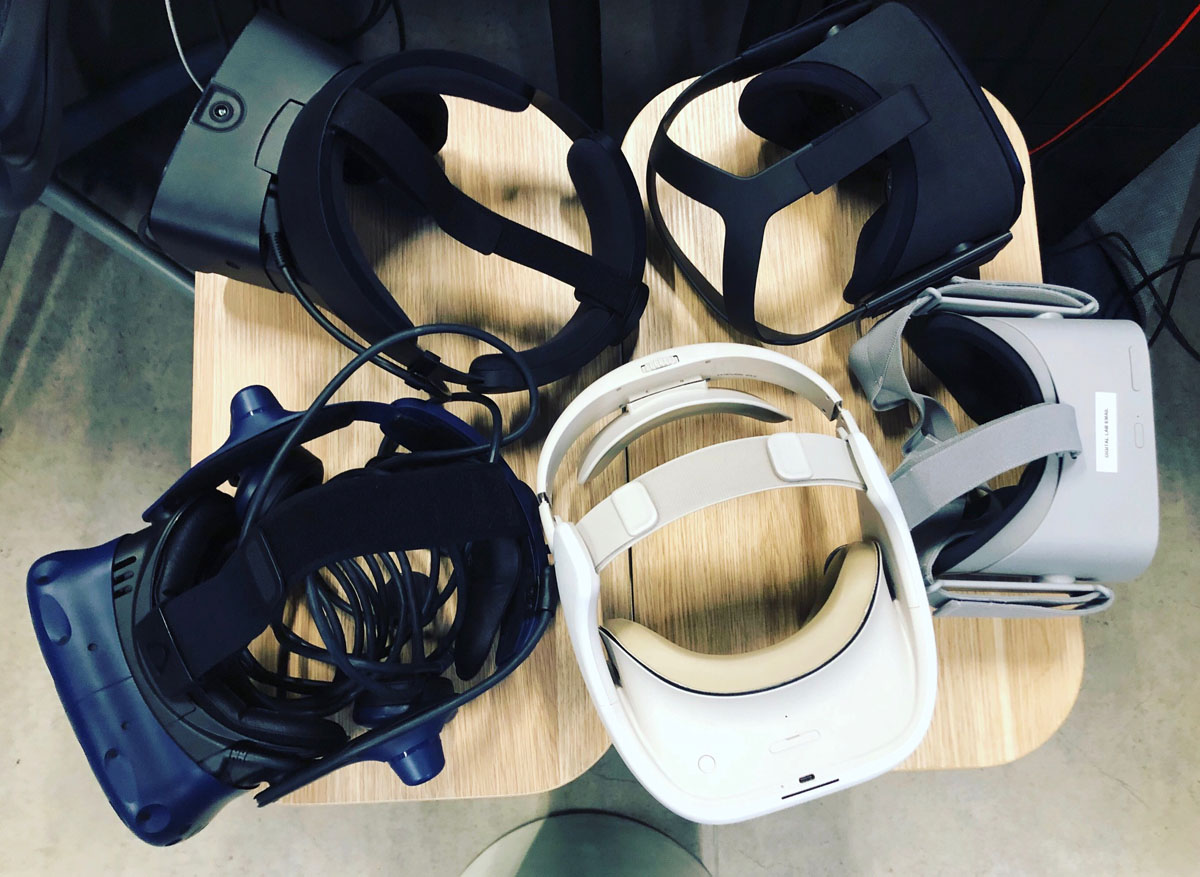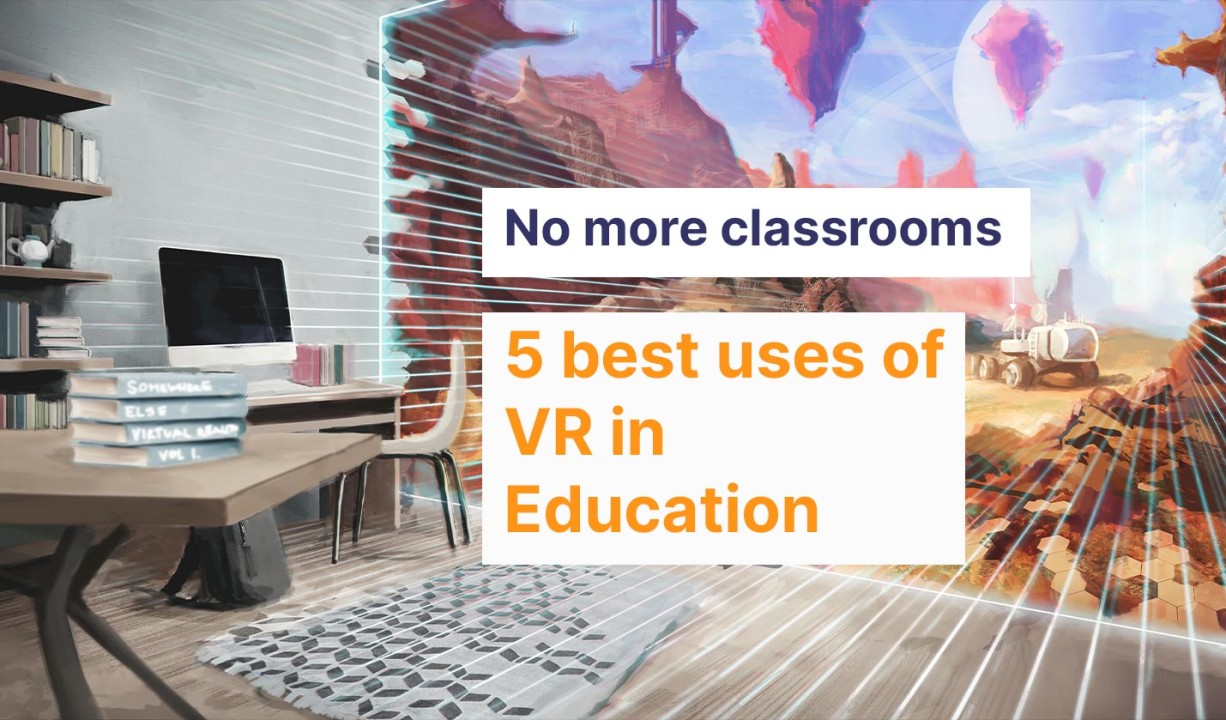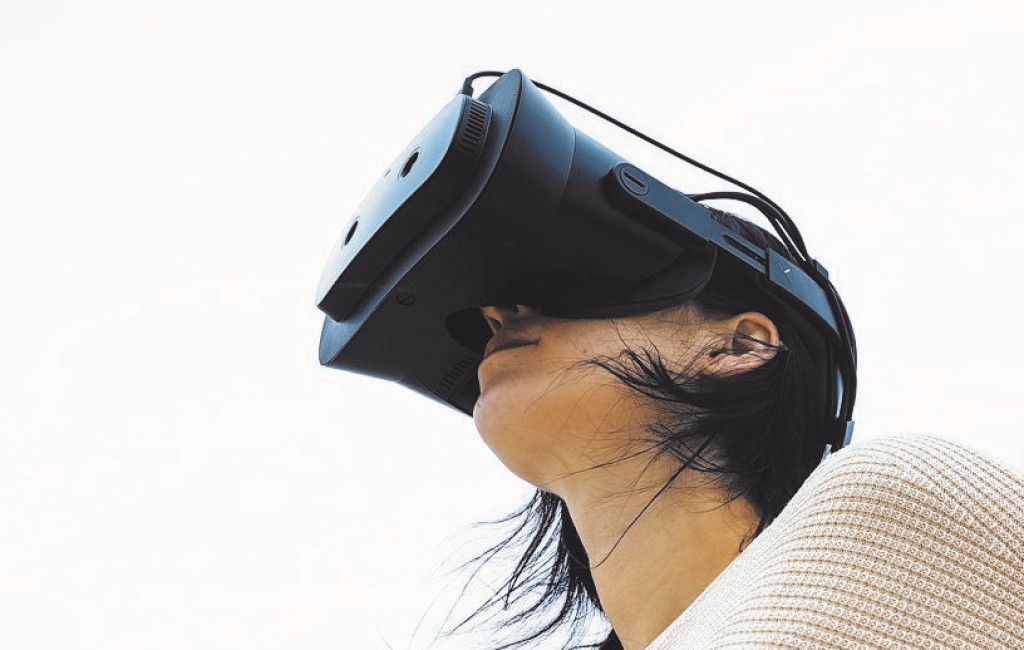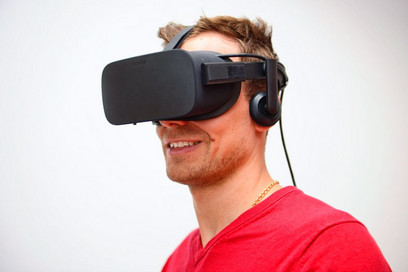Currently most large companies and educational institutes have only just started their exploration of virtual reality technology.
Some have engaged third party organisations to develop “one off” applications with no strategic approach, while having some initial success, many are disappointed with the ongoing value.
My team and I have been exploring solutions to ensure we can deploy virtual reality across a large organisation and the applications add value to our current curriculum.
In our research we have see a lot of focus placed on headset hardware and its maturity, but this is only the beginning:
- Hardware Maturity
The market has been waiting for headsets to have the necessary features to deliver quality virtual reality content via self-contained unit.
These features include adequate processing power, high resolution, accurate tracking, battery life at an acceptable price point. The Oculus Quest has delivered these five features (and we’ll hopefully see their competitors following their lead). Headsets as cheap as a tablet and requiring minimal ICT support are crucial for any large organisation to consider them as a viable technology tool.
Standalone devices will be the most viable technology option for many organisations. However, PC powered headsets will still be required for more graphically intensive content and it is good to see some great innovation continuing in this space.
- Device Management
While not as interesting to many as VR headsets, the ability to manage these devices at scale is crucial for successful and continued adoption. Device management encompasses:
Maintenance and control of the device software, including firmware, OS updates, and network credentials.
Device hygiene, charging and security – this is usually an unidentified issue initially when most organisation begin to explore VR. Shared devices require hygiene solutions; like replace face covers or something more sophisticated like the Clean Box. Charging will become a vital requirement especially with controllers and standalone headsets. Security is important, both device tracking and data security.
User profile management to ensure users have a frictionless onboarding experience which is crucial to adoption. It will also be invaluable for continual engagement.
- Sophisticated Content
Current VR content is simplistic, single use experiences with little depth. For users to find ongoing value creators need to begin to develop deeper and more sophisticated content. This includes experiences will replayability, randomisation and gamified profiles which allow users to have true progression and ongoing achievements.
- Data and Analytics
Most organisations are still enamoured with hardware tech and 3d simulations. While hardware and content are still important, measurable outcomes are the most valuable component. For an implementation of virtual reality inside an organisation to be successful, data is key. Whether it be for training or marketing, all content should have a data layer capturing both objective and subjective feedback. This should be reviewed and adjusted to ensure the experiences are delivering the expected value for the organisation. By continually edited content an enterprise organisation will continually increase the value of VR.
Developing a comprehensive strategy for virtual reality is critical and requires dedicated resources within an organisation to ensure success.
Quelle:
by Joe Millward, VR Producer & Filmmaker
http://www.immersivedirectory.com/key-considerations-when-scaling-virtual-reality-across-the-enterprise/




